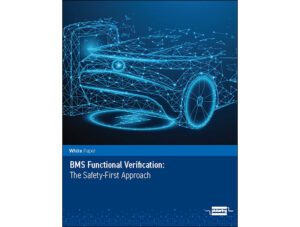Battery Management Systems (BMS) are essential components of electric vehicles, providing safety and performance. To ensure the reliability of these systems, it is important to verify their functionality through simulation. Hardware-in-the-loop (HIL) testing is a powerful tool for BMS functional verification, offering a safe and comprehensive testing environment.
HIL testing allows for the replication of real-world conditions, including state-of-charge and state-of-health functional verification. This allows for the testing of the BMS under a variety of conditions, ensuring that it will perform as expected in the field. Additionally, HIL testing is highly flexible and scalable, allowing for the testing of multiple BMS configurations in a single test.
Finally, HIL testing offers significant time and cost savings compared to traditional testing methods. By simulating the environment, HIL testing eliminates the need for expensive physical components and reduces the time required to complete tests. This makes it an ideal solution for BMS functional verification.
In conclusion, HIL testing is an invaluable tool for BMS functional verification. It offers a safe and comprehensive testing environment, replication of real-world conditions, flexibility, scalability, and time and cost savings. As such, it is an essential part of ensuring the reliability of electric vehicle BMS systems.
FAQ
Q1: Are electric car batteries recyclable?
A1: Yes, electric car batteries are recyclable.
Q2: Are electric car chargers free?
A2: It depends on the charger and the location. Some electric car chargers are free, while others may require a fee.
Q3: Can electric car batteries be rebuilt?
A3: Yes, electric car batteries can be rebuilt with the right tools and knowledge.








